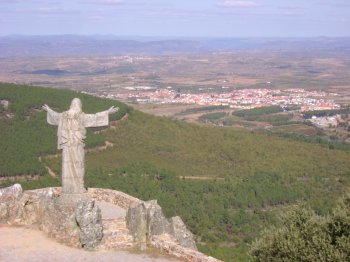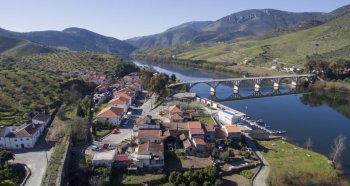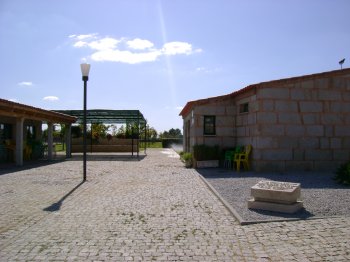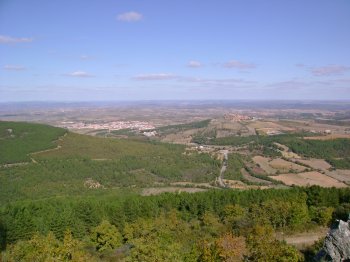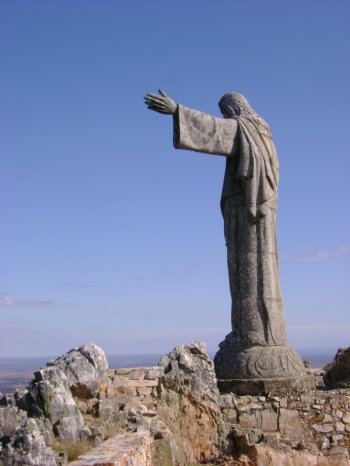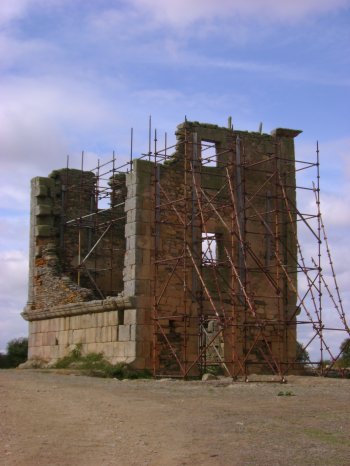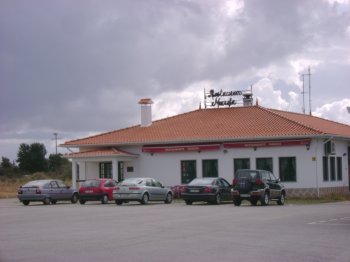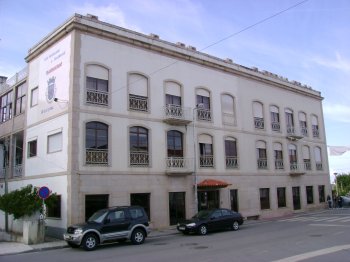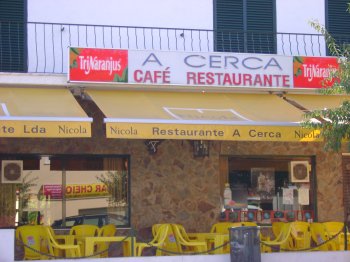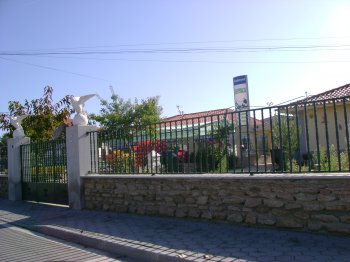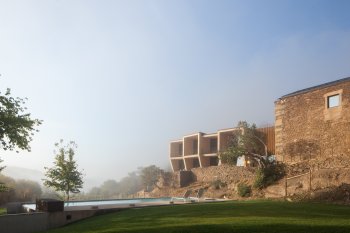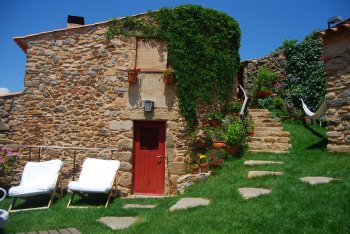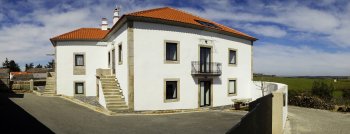Figueira de Castelo Rodrigo
At about 50 km to the north of Guarda, to which district it belongs, and very close to the border with Spain, Figueira de Castelo Rodrigo is owner of a history filled with dramatic episodes and heroic acts. It was the greed target of the two Iberian sovereignties, thereby the village being, for centuries, alternating between periods of relative calm with others of great upheaval and misery. The wars with Castile (specially the battle of Castelo Rodrigo, a turning point of the restoration war for the Portuguese independence) and, later, the French invasions spread terror and poverty in the village which was gradually losing importance in the geostrategic and military plans of territorial defense. The economic and administrative decision centers eventually moved to the village of Figueira, county seat since 1836, with the new designation of Figueira de Castelo Rodrigo. The marks of that past plagued by wars are still present today in the region's architecture, but there are also traces, for example, of the Roman occupation, like the must-see sites of the ruins of Almofala or the Torre das Águias tower. But the touristic potential of the municipality does not end in its historical, archaeological and architectural values. The diversity of crafts (basketry, tinsmith, pottery, wooden miniatures, weaving...) and the richness of its gastronomy are strong arguments to motivate a visit to Figueira de Castelo Rodrigo. You need to taste the migas de Barca D'alva (dish made with leftover bread), the sopa de carrapatos (green beans soup), the cabrito ou borrego assados no forno (roast kid or lamb), the pratos de coelho bravo, lebre ou javali (wild rabbit, hare and boar dishes). Special emphasis goes to the arroz doce (rice pudding) and aletria (pasta dessert made with lemon and cinnamon), papas de milho (corn cob flour porridge), biscoitos de Escalhão (brandy biscuits), farófias (poached meringues) and filhoses (fried pumpkin cakes) in the confectionery. Before, after or during the repast, be sure to enjoy the extraordinary beauty of the landscape around you: the Águeda and Coa river valleys, the Douro Internacional, the picturesque villages and the almond trees in bloom between February and March. You will have a privileged view of all this from the serra da Marofa, where the existence of diverse, some natural and others built, viewpoints provides the visitors with an image of rare beauty. Let yourself be enchanted by it!
What to do in Figueira de Castelo Rodrigo
Travel Guide
Up to date tourist information about the city's top attractions
Historical Villages: 12 Treasures to Discover in Portugal
Located in the countryside, these villages preserve a vast and very rich historical and patrimonial legacy. There are c…
Where to eat in Figueira de Castelo Rodrigo
Portuguese
20.00 €
Restaurant belonging to the Inn of the same name, entered the monastery of Santa Maria de Aguiar, a…
Portuguese
15.00 €
Family house with a rustic and cosy room where sticks out a fireplace, to offer a competent service…
Portuguese
12.00 €
A familiar space with two rooms and rather lovely views of the castle. It serves a wide variety of …
Portuguese
12.00 €
A rustic, simple place that features well prepared regional dishes and a quality service.
Portuguese
20.00 €
An old oilve oil press turned into a restaurant, with a familiar atmosphere and regional dishes. Re…
Portuguese, Regional
12.00 €
The Tavern Restaurant of Matilde in Figueira de Castelo Rodrigo, works from the 4:30 pm till 02:00,…
Where to sleep in Figueira de Castelo Rodrigo
4 star
O Colmeal Countryside Hotel, em Figueira de Castelo Rodrigo, alia o silêncio e o sossego a um vasto património histórico. Onde antes existia uma aldeia abandon…
Local de grande beleza, em pleno contacto com a natureza, a Casa da Cisterna, em Figueira de Castelo Rodrigo, consegue unir o passado e o presente. Neste momen…
Casa de Campo, Adega e Vinha na Vermiosa, com oferta de Alojamento e Enoturismo, onde a produção de uva e de vinho em adega própria é a principal inspiração.
Near Figueira de Castelo Rodrigo
Aguiar da Beira
Aguiar da Beira is part of the District of Guarda and part of the demarcated region of the Dão wines. Located 40 kilometers away from Viseu, this Cou…
Fornos de Algodres
Fornos de Algodres, at the foot of the Serra da Estrela, is a land of broad horizons and ancient history. Stretch your gaze from Fraga da Pena to Cas…
Guarda
Guarda is known as the city of the five F's: strong, rich, cold, faithful and beautiful (forte, farta, fria, fiel e formosa). It is the highest Portu…
Mêda
The municipality of Meda covers an area of approximately 296 km2 and encompasses 16 parishes, with a population of around 8,000. Located in a mount…
